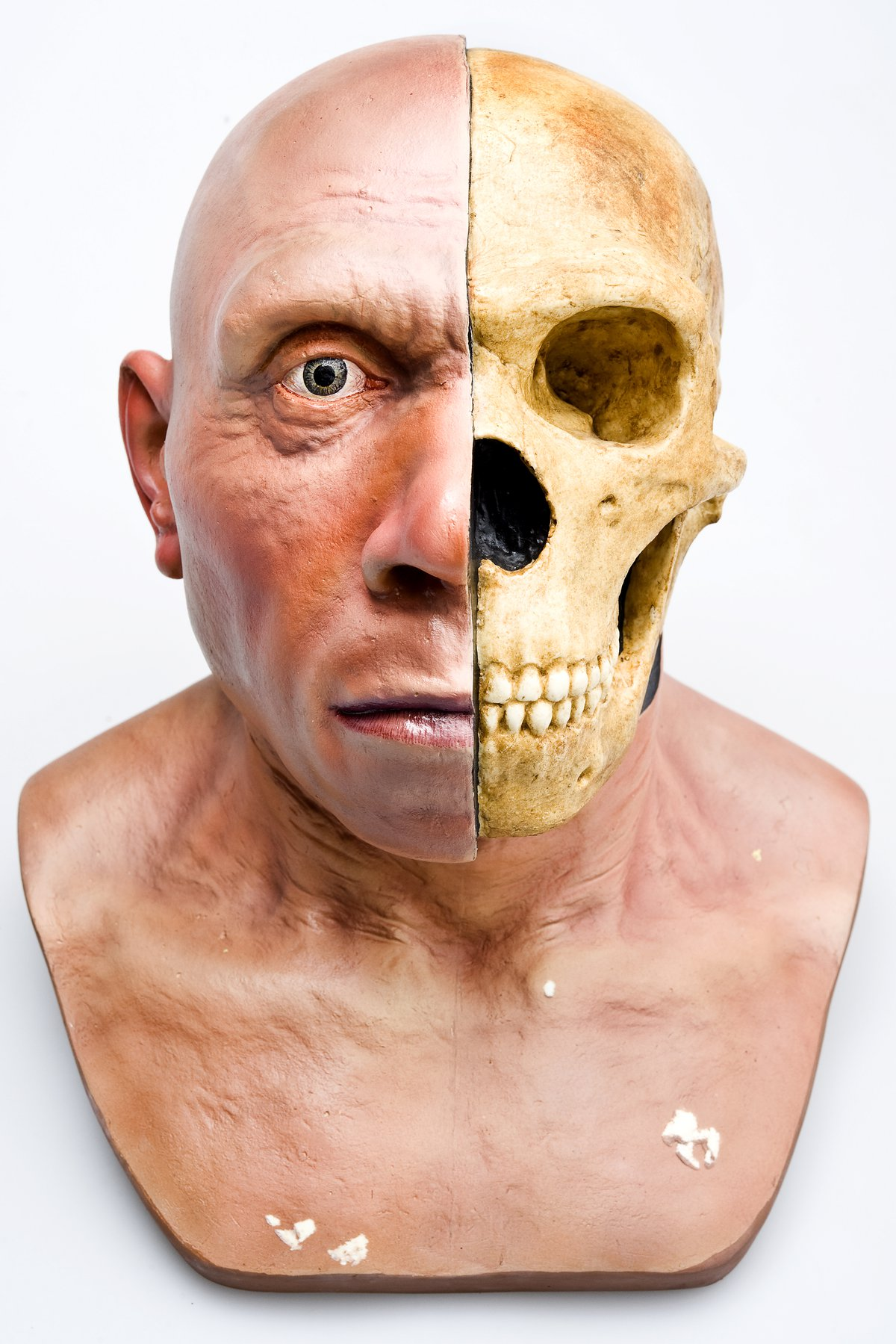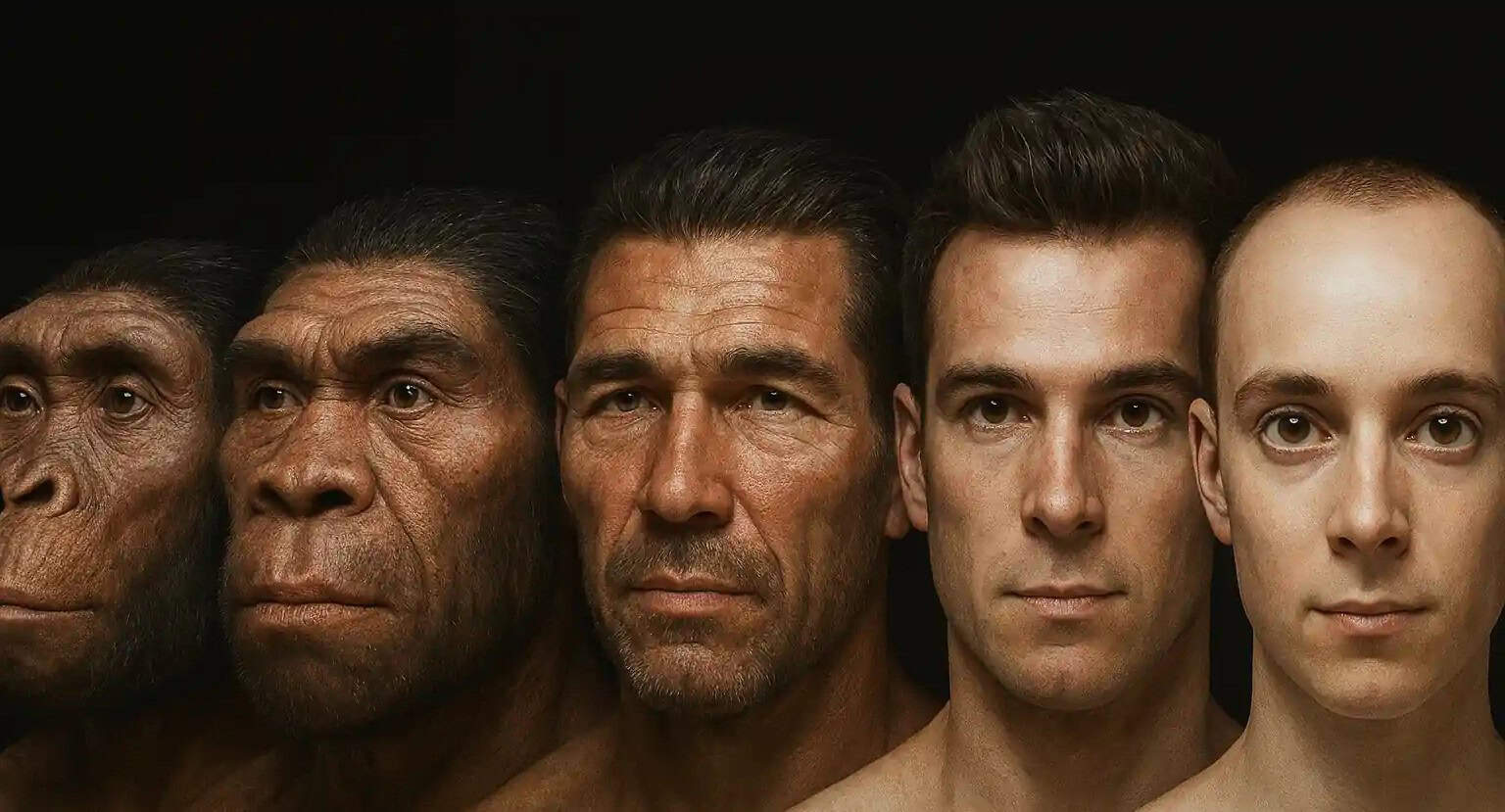What Will Humans Look Like in a Million Years? Exploring the Future of Evolution
Explore the fascinating evolution of humans over the next million years. From shorter brains to longer limbs, discover what science and futurists predict about our distant descendants.

Why Humans Will Change
Humans are evolving—right now. Our bodies and brains are adapting to new technologies, sedentary lifestyles, and changing environments. Scientists predict that these changes will become far more dramatic over the next 1 million years.
- Smartphones and AI are already reshaping how we use our brains.
- Automation reduces the need for heavy muscles.
- Climate change and artificial environments may influence skin, eyes, and hair.
Short takeaway: Evolution isn’t just in the past. It’s happening now, and the future could look very strange.

The Year 3000: Meet Mindy
Before imagining 1 million years from now, let’s peek at Mindy, a speculative human of the year 3000:
- Hunched posture from prolonged device use
- Long fingers or claws for touchscreen precision
- Smaller brain due to reliance on AI and technology
Mindy shows the first hints of how lifestyle drives physical evolution.
Image suggestion: Illustration of Mindy with a smartphone, hunched over, in a futuristic environment.

1 Million Years Into the Future: Radical Changes
Here’s what experts predict humans may look like:
Body and Limbs
- Taller, leaner, and more fragile
- Longer arms and legs to support new ways of moving
- Reduced muscle mass thanks to automation
Skin, Hair, and Eyes
- Skin may adapt to UV exposure or indoor climates
- Hair may disappear entirely
- Eyes may enlarge for low-light conditions or shrink if virtual reality dominates
Brain and Mind
- Smaller but more efficient brains
- Neural implants and AI integration
- Emotional centers may adapt to digital interactions
Image suggestion: Futuristic humans with longer limbs and minimal hair, interacting with technology.

How Technology Drives Evolution
Humans aren’t evolving naturally alone—we’re shaping our own evolution:
- AI and smartphones reduce memory needs
- Genetic engineering could allow selective traits
- Sedentary lifestyles change posture and muscle structure
Reddit & Quora users ask: “Will humans become weaker but smarter?” and “Could we evolve into cyborgs?”

Who Will Shape the Future?
Humans may direct our own evolution more than nature:
- Scientists: Gene editing, AI integration
- Society: Diet, environment, and lifestyle choices
- Technology: Brain-computer interfaces, wearable and implantable devices

Why This Matters
- Inspires science, art, and imagination
- Guides genetics and robotics research
- Sparks debates about ethics and human identity
human evolution future, what humans will look like in 1 million years, futuristic humans, Mindy human 3000 model

Summary
From Mindy in 3000 to humans a million years from now, evolution will reshape our bodies in astonishing ways. Expect taller, leaner forms, altered brains, and radical changes in eyes, skin, and hair. Technology will accelerate evolution, making future humans partly biological, partly digital.
Stay curious—our journey into the next million years of evolution has only just begun.


Related posts
- What Will Humans Look Like in 10,000 Years?
- The Role of Artificial Intelligence in Human Evolution
- Will Humans Evolve Into a New Species in the Future?
- How Space Travel Could Reshape the Human Body
- The Science of Cyborgs: Merging Technology With Humanity
- What If Humans Evolved to Live Underwater?
- Future Human Brains: Bigger, Smaller, or Just Smarter?
- Climate Change and Human Evolution: Adapting to a Hotter Earth
- How Smartphones Are Changing the Way We Evolve
- The Future of Human Eyesight: From Blue Light to Low Gravity
- Will Humans Still Have Wisdom Teeth in a Million Years?
- What Evolutionary Traits Are Humans Losing Today?
- Could Humans Develop Telepathic Abilities in the Future?
- Human Evolution in the Age of CRISPR and Genetic Engineering
- How Will Human Skeletons Change With Technology?
- Could Future Humans Live Without Sleep?
- Will Humans Evolve to Withstand Radiation in Space?
- The Evolutionary Future of Human Skin Color
- How Fashion Might Evolve With the Human Body
- Will Climate Refugees Drive Human Evolution?
- Future Humans: Taller, Shorter, or Stronger?
- Could Humans Evolve Extra Limbs or Organs?
- Will Space Colonies Lead to a New Human Species?
- How Technology Is Creating the First Digital Humans
- From Cavemen to Cyborgs: The Evolutionary Timeline of Humanity
- How Human Hands Could Evolve for Future Technology
- Will Humans Evolve to Live Longer Than 200 Years?
- The Future of Human Intelligence: AI vs. Biology
- Could Humans Adapt to Breathe Underwater?
- How Virtual Reality Could Reshape the Human Brain
- Future Humans on Mars: What Will They Look Like?
- The Evolution of Human Teeth: Past, Present, and Future
- Could Future Humans Communicate Without Language?
- The Science of Speculative Evolution: Imagining Humanity’s Future
- What Will Childbirth Look Like in a Million Years?
- How Human Posture Is Changing in the Digital Age
- Will Humans Develop New Senses in the Future?
- Could Evolution Eliminate Human Diseases?
- The Future of Human Sexual Selection and Attraction
- Will Future Humans Have Larger Heads?
- How Human Diet Will Shape Evolution Over Centuries
- What Will Human Faces Look Like in 100,000 Years?
- Could Humans Evolve to Survive Without Food?
- How Extreme Environments Are Driving Micro-Evolution Today
- Will Genetic Engineering Replace Natural Selection?
- Could Future Humans Become Immortal?
- How Urban Life Shapes the Evolution of Humanity
- What Future Humans Might Look Like According to AI
- Will Humans Still Exist in a Million Years?
